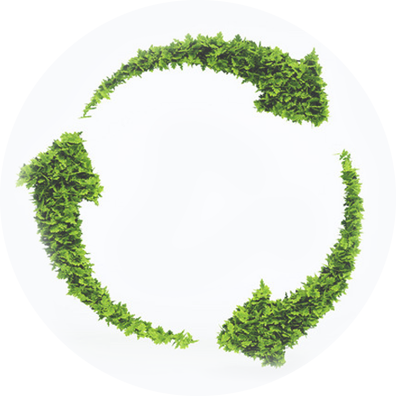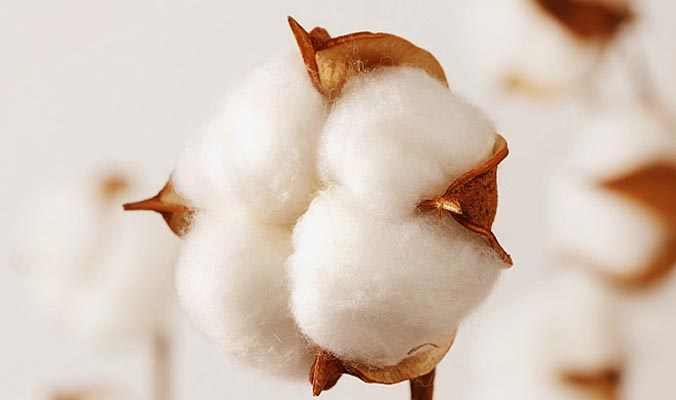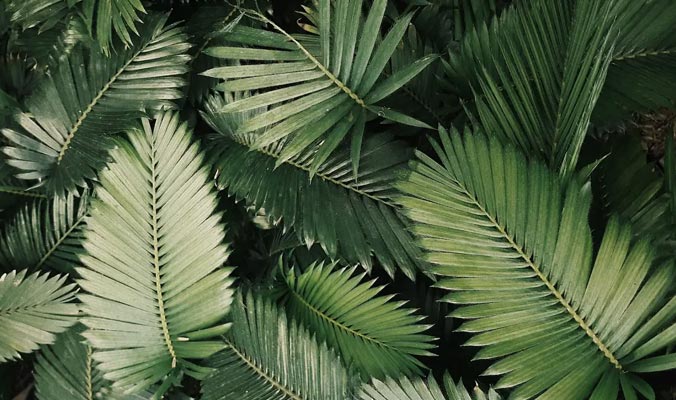We focus on sustainable fabrics75% of our products are
produced with sustainable processesand eco-friendly materialsAnd this
percentage is getting more and more by years
 LUXURY-FENGRUN
LUXURY-FENGRUN

Plants produce cellulose by absorbing carbon dioxide from sunlight, water and air
Used for a variety of highly specialized applications,
the benefits of TENCELmm fibers can be discerned instantly:
Soft to the skin, smooth to the touch, luxurious in shine and flow
they caress the senses.
And convince minds with their exceptional capacity for
thermal regulation and moisture absorption.

Organic cotton is a kind of pure natural and pollution-free cotton.
In agricultural production, organic fertilizer, biological control of diseases and insect pests,
and natural farming management are the main methods.
Chemical products are not allowed to be used,
and pollution-free is also required in the production and spinning process.
It has the characteristics of ecology, green and environmental protection

Natural dyeing firstly involves making dyes from naturally occurring ingredients.
Using
berries for natural dyeing Mother nature’s bounty such as leaves,
roots, barks, berries, nuts, funghis and lichens are all good sources of
natural dyes – as are minerals and even some insects such as cochineal!